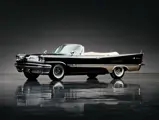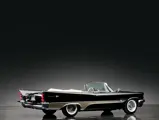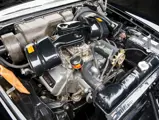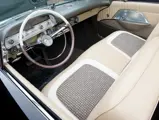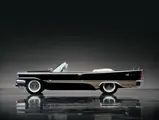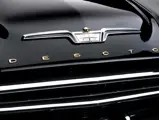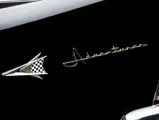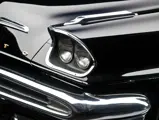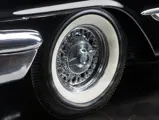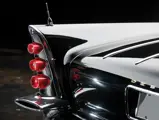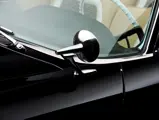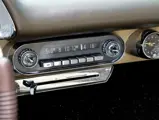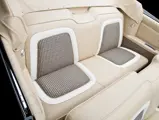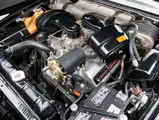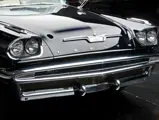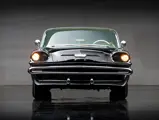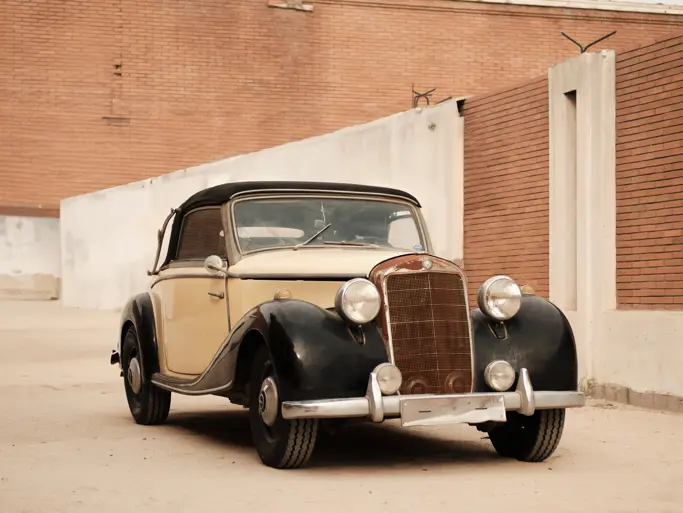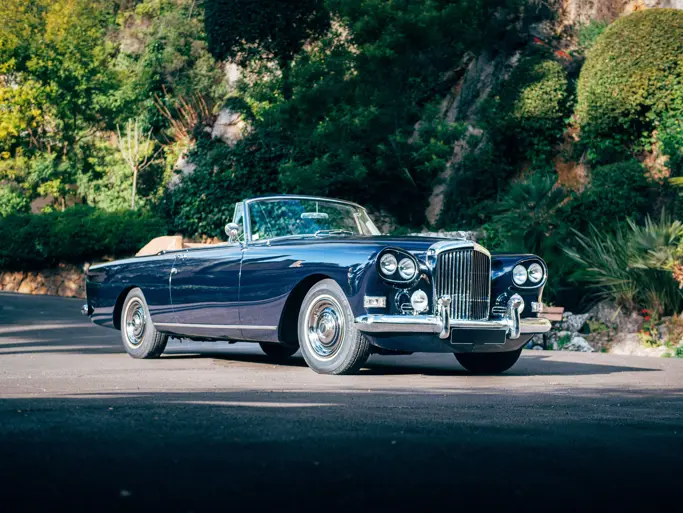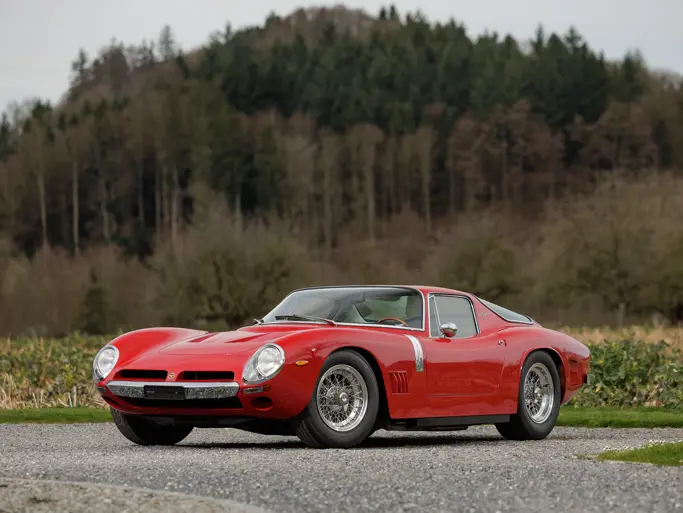The Don Davis Collection
1957 DeSoto Adventurer Convertible
{{lr.item.text}}
$126,500 USD | Sold
 | Fort Worth, Texas
| Fort Worth, Texas
{{internetCurrentBid}}
{{internetTimeLeft}}

- One of only three-hundred 1957 Adventurer Convertibles produced
- Legendary Chrysler Hemi power
345 bhp, 345 cu. in. Hemi OHV V-8 engine, three-speed Torqueflite automatic transmission, torsion bar independent front suspension and live rear axle with semi-elliptic leaf springs, and four-wheel power drum brakes. Wheelbase: 126 in.
Although both rode a 126-inch wheelbase, the Chrysler 300 weighed 115 pounds more than the DeSoto Adventurer Convertible, and Chrysler’s 392-cubic inch Hemi developed 375 horses, which outclassed the DeSoto’s 345 with 345 brake horsepower. At $5,359, the Chrysler 300 Convertible cost nearly $1,100 more than the $4,272 Adventurer, but at 484 cars, it was apparently more popular—DeSoto sold only 300 convertibles. One thing stands out for DeSoto: at one-horsepower-per-cubic-inch, it was more efficient than the Chrysler 300.
When it arrived, the Adventurer Convertible followed the theme of its hardtop counterpart. Color combinations followed the black-white-gold pattern of 1956—with the convertible top in a golden hue. The sweep panel of 1956 had been succeeded by spear-shaped trim, and this area was painted in the contrasting color. The car now had prominent fins, like Chrysler’s in shape but with round taillights. Chrysler’s new torsion bars suspended the front end.
The Hemi engine had been bored out by 20 thousandths of an inch, reaching that Holy Grail of efficiency, one-horsepower-per-cubic-inch, thanks to its performance camshaft and dual quads. The new three-speed Torqueflite automatic was standard. The Adventurers debuted later than the rest of the 1957 DeSoto line, so they missed the full-line catalogue. There was no Adventurer brochure either. President Irv Woolson, however, issued an insert for the owner’s manual that welcomed owners to “the elite Adventurer family.”
The Adventurer lasted two more years as a separate specialty series. The year 1958 brought the corporate 361-cubic inch wedge engine with a whopping 10.25:1 compression. In 1959, the engine became a 383. But in 1960, the Adventurer was the top-line DeSoto series, comprising merely two hardtops and a four-door sedan. The convertible was gone. The engine was a two-barrel 383, making just 305 horsepower. As the 1961 model year opened, the Adventurer was absent. Three months later, so was DeSoto.
The example offered here belies its restoration, which was performed in the early-1990s, and it is finished in black with a gold sweep and has a black vinyl top and the correct-type complementary Adventurer interior. Options found on this top-of-the-line Adventurer include an AM radio with dual antennas, a dash clock, a grey padded dash, power windows, a power front seat, power steering, power brakes, and a gold parade boot.
At the time of the restoration, the engine, transmission, brakes, and front end were fully rebuilt. Since then, it has accrued only 1,100 miles, which has allowed for the outstanding level of preservation. The engine bay presents very nicely, with correct components and an excellent finish on such items as the inner fender wells, the air cleaners, and the radiator tank.
The exterior is just as nice, with chrome and very good panel preparation and paint application. The chrome and paint exhibit only light polishing marks, and it is important to note that the rear bumper exhaust tips have not been damaged by exhaust fumes. The interior displays wear only to the driver’s seat, with the door panels and dash pad still fitting very nicely. This Adventurer rides on accessory wire wheels shod with BF Goodrich whitewall tires. As a very respectful older restoration, it could be detailed and freshened incrementally or simply driven and appreciated as one of the most superlative convertibles built during the Forward Look era.

